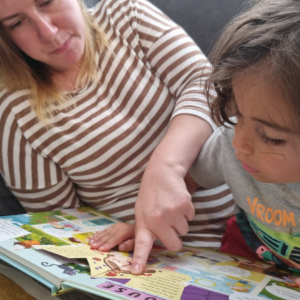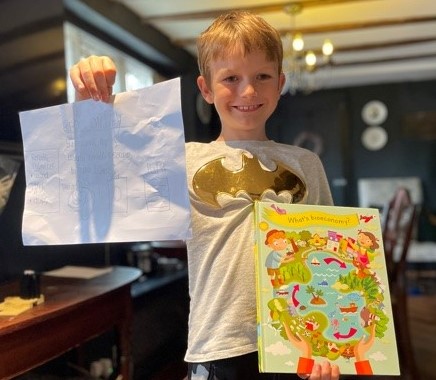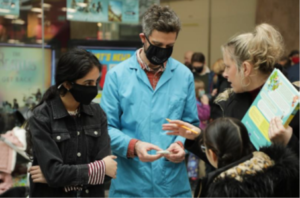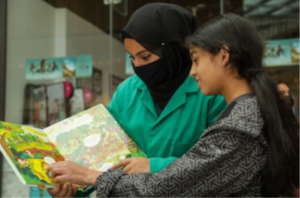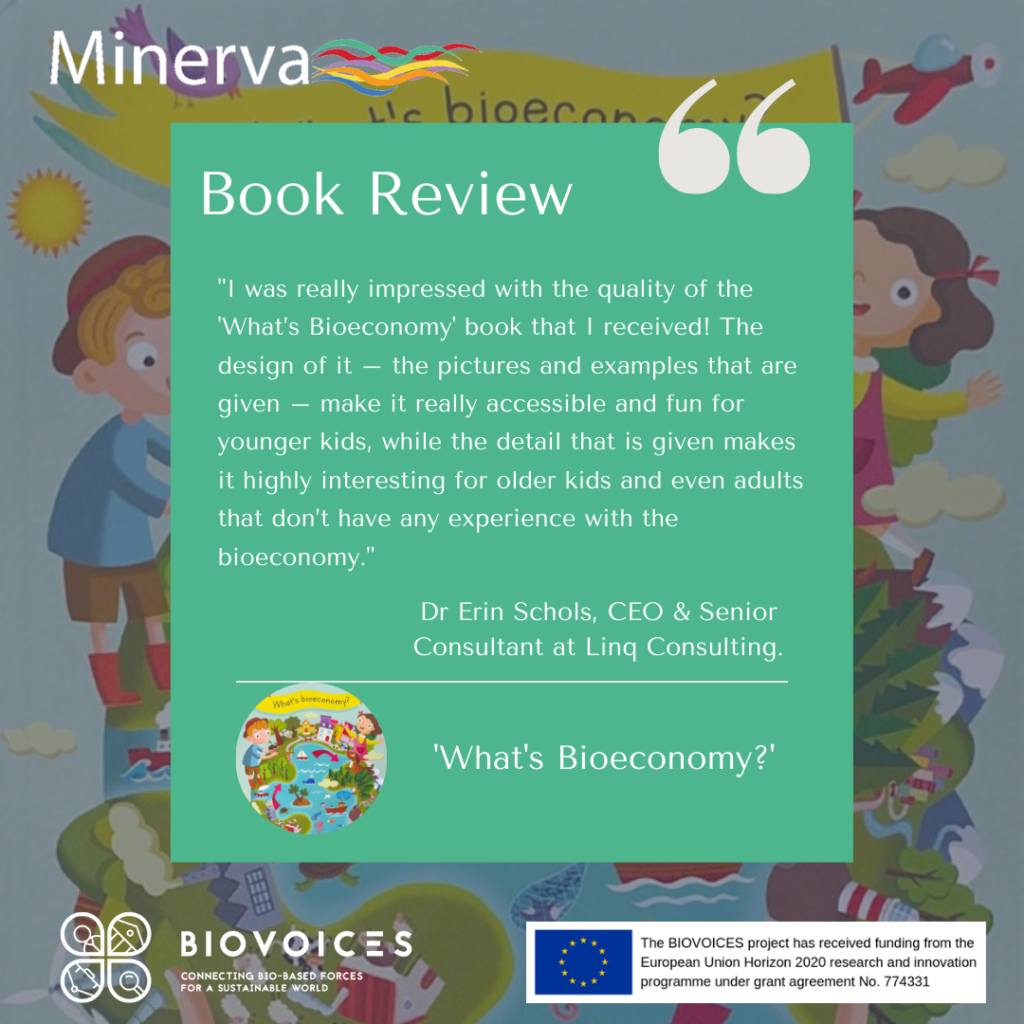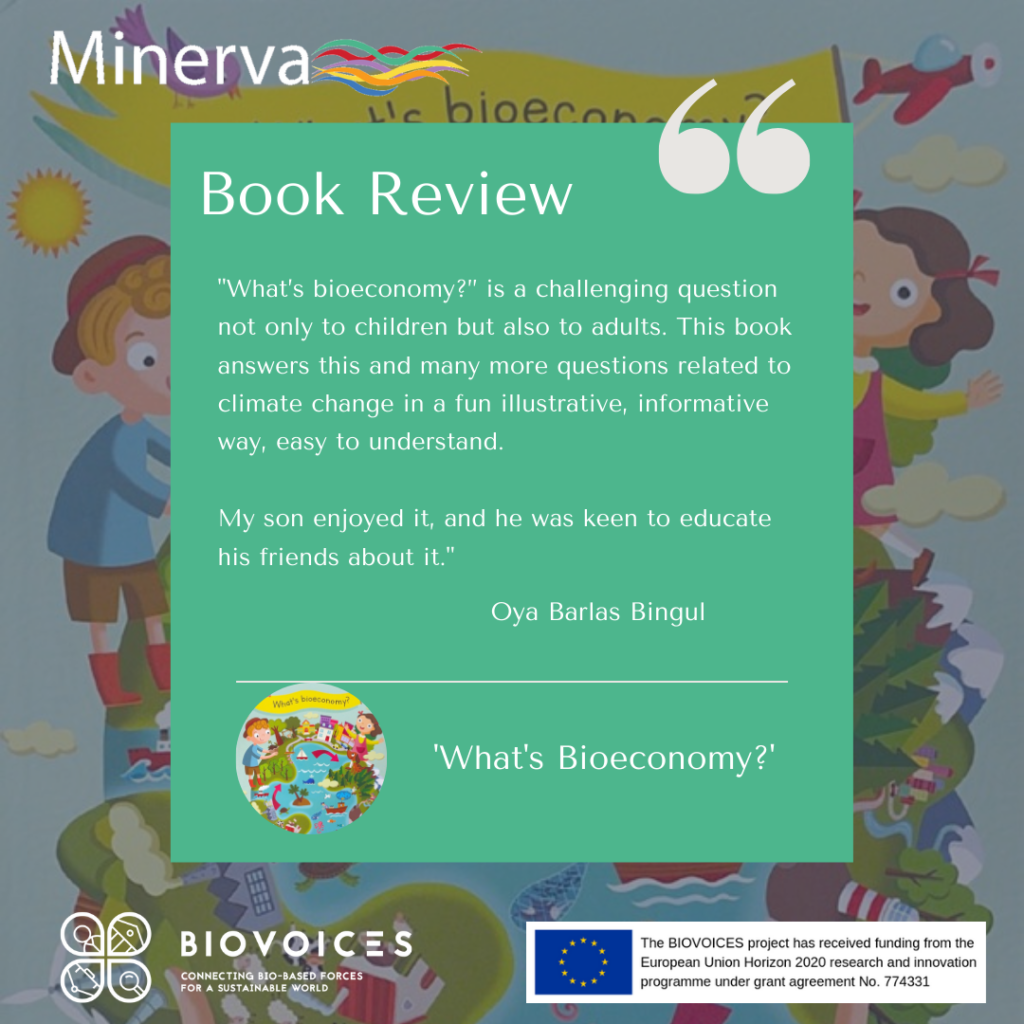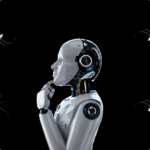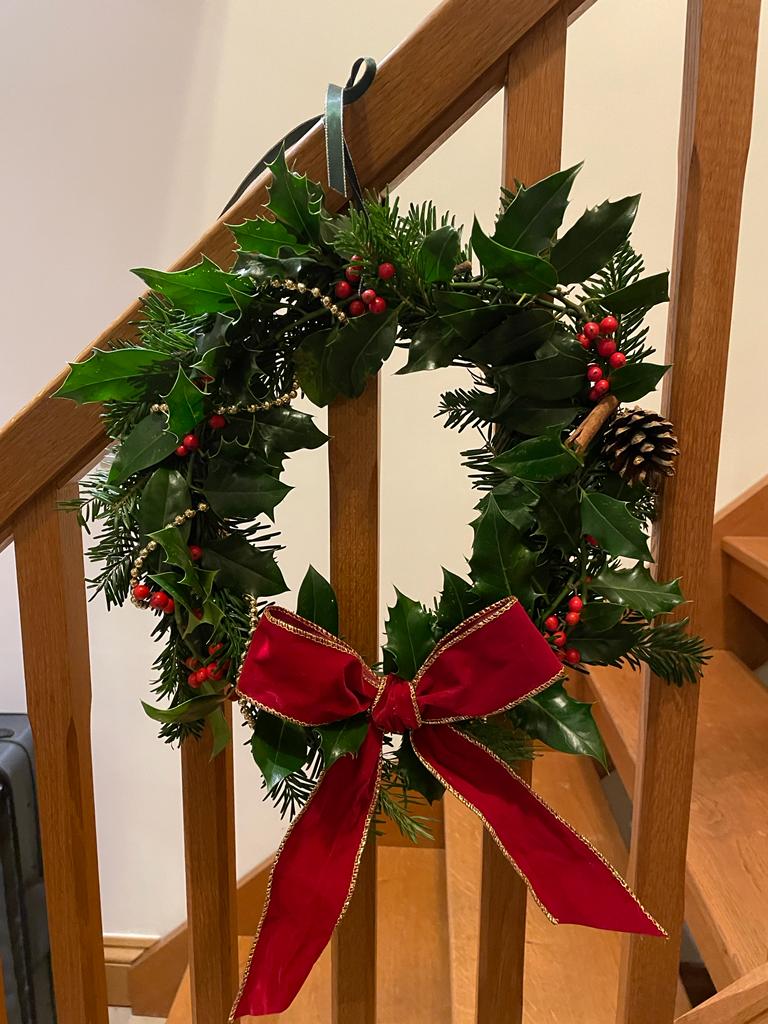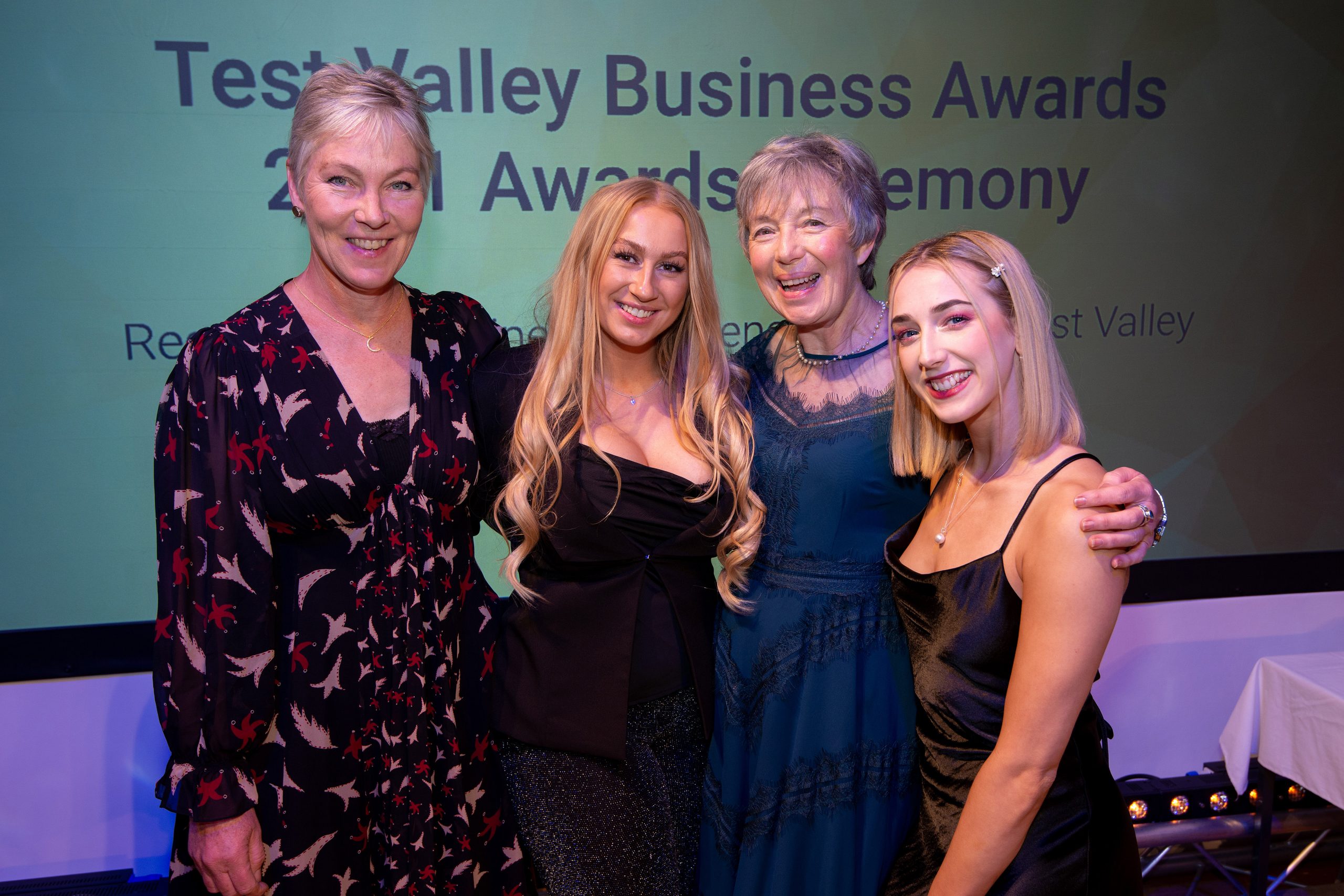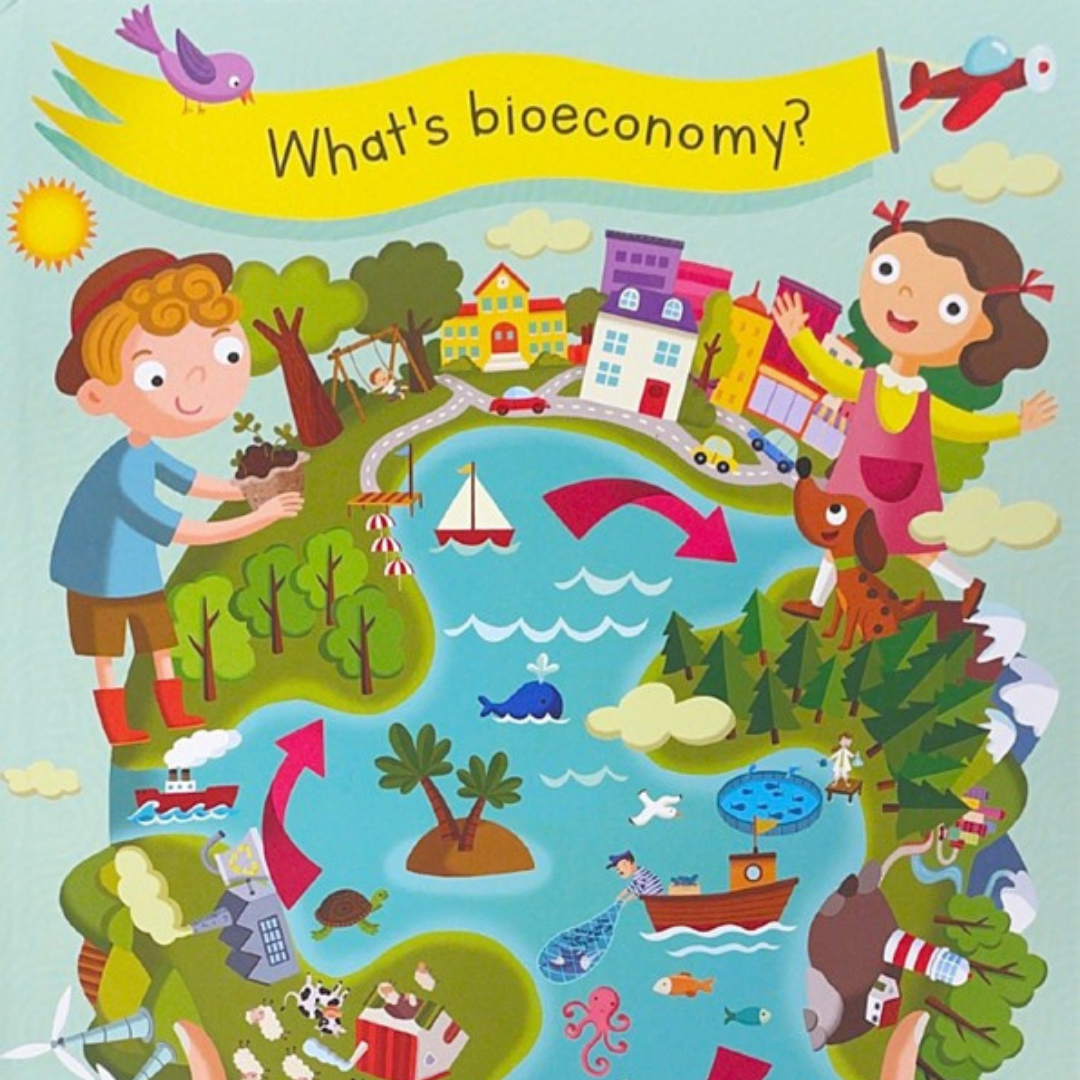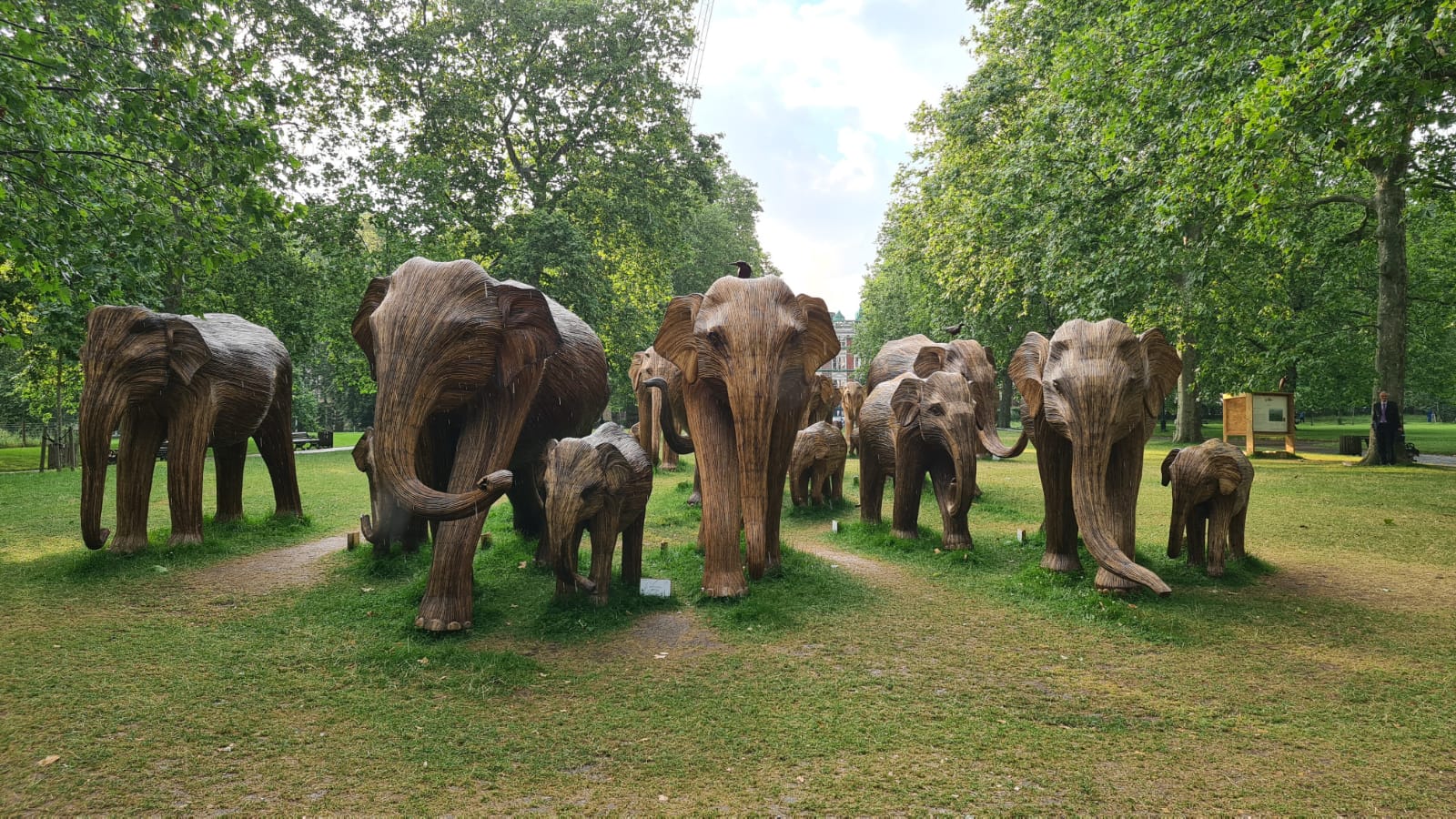Sustainability at home, at work and in the community is increasingly at the forefront of people’s minds. Finding practical and innovative ways to take action is explored in a unique book, aimed at 5-8 year olds, called ‘What’s Bioeconomy?’
Launched in the UK earlier this year by Minerva UK, which played an instrumental role in its development and production alongside partners in the EU funded project BIOVOICES (www.biovoices.eu), the ‘What’s Bioeconomy?’ book introduces bio-based products through several ‘everyday’ scenes. From ‘home’ to ‘school’, ‘city’ to ‘countryside’, this interactive book includes information and guidance for adults and children alike.
‘What’s Bioeconomy?’ presents in a playful and engaging way surprising facts that challenge our thinking and understanding about how to make the shift from fossil fuels to bio-based resources and materials. Each page contains multiple ‘windows’ with simple questions on the outside of the flaps and answers underneath them. Available in 10 languages, it includes a range of experiments and activities for families to undertake at home.

